Our Guide to DIY Umrah: The Most Rewarding Trip
In 2019, the Kingdom of Saudi Arabia made a big announcement, which effectively opened its borders to the world, making it possible for pilgrims to plan their own Umrah trip independently, booking flights and accommodation and applying for a visa online or on arrival. They even introduced an app for booking Umrah appointments.
At the same time, they removed many restrictions, opening up the potential for Umrah Plus trips - combining a visit to the holy cities of Makkah and Madinah with visits to other cities and places of interest, launching a new era of Saudi tourism.
And the innovations haven’t stopped there - it seems that new announcements are being made all the time, to make things easier and more convenient, whether with improved infrastructure or more high-tech solutions. The days of having to book your Umrah experience as part of a large group, through a dedicated agency are long gone. At Halalbooking we have also put in place lots of news filters and features to help you select your accommodation in Makkah and Madinah.
It can be tricky to keep up with the latest advice and information so we have put together our guide to DIY Umrah - the easiest and most convenient way to plan your very own blessed journey. For more tips for your DIY Umrah, check out our convenient DIY Umrah Planner.
Why DIY Umrah?
These days most of us are used to booking our holidays online, researching and booking the different elements - flights, accommodation, transfers - ourselves. So why not DIY Umrah? The basics are just the same as booking any trip but the satisfaction from planning your own Umrah will be even more immense, knowing that you will be rewarded for every step you take towards this holy journey.
Let's begin by listing the benefits of a DIY Umrah:
- You can save money
- You can plan according to your own needs
- You can be flexible with dates and times
- You can choose where you visit - just Makkah or combining stays in both Makkah and Madinah, or an Umrah Plus trip, taking in more places and experiences
How can we help put together your DIY Umrah?
Halalbooking now features over 1500 hotels in Saudi Arabia - nearly all hotels in the Kingdom - and almost 600 of these are in the holy cities of Makkah and Madinah. We have even introduced unique Umrah Features to enable you to filter by features which will make your Umrah more comfortable, such as Haram view and even Kaaba view rooms. These include whether the hotel has a Haram-connected prayer hall, Haram view or Kaaba view rooms, and if it is in Madinah which way it faces. You can also find out whether the Haram is in walking distance of the hotel - if so how far and if not is there a free shuttle service?

But, first things first - booking your hotel on halalbooking.com is the easiest part - what else do you need to know?
Before booking - when and how to book
Give yourself ample time to plan your Umrah. Although there is no time limit to how far in advance to book your Umrah trip, we recommend giving yourself no less than 2-3 weeks of preparation time. Decide your dates and plan a budget well in advance. As with any trip, it often pays to do your research to find the cheapest times to travel - availability can be limited at the most popular times so advance booking is recommended. Some of the hotels available on Halalbooking.com offer free cancellation rates which can help when you are still in the planning stages.
Decide on when you would like to go
Unlike Hajj, you have complete freedom as to when to perform Umrah - the only exception is that you can’t visit for Umrah during the Hajj period itself and usually there are a couple of weeks either side of that when it’s not permitted. The Ministry of Hajj and Umrah makes announcements about these dates on social media. If you’re looking for a quieter time then the best time to perform Umrah is around 3 weeks after the Hajj season, just after it has reopened, when it is less crowded. The weather is best around November through to February, as the temperature is cooler making the pilgrimage easier. Once that decision is made, you can spend some time researching where to go. If you are flexible with which airport to fly from and to, there are potential savings on flights. Play around with dates and airports and see what works for you. For those that are travelling with children, during school holidays, bear in mind that tickets are more sought after and, therefore, more expensive during these periods. In particular, Umrah has become popular during times when those living in non-Muslim countries can benefit from the public holidays around Christmas and Easter, as well as during half-term breaks.
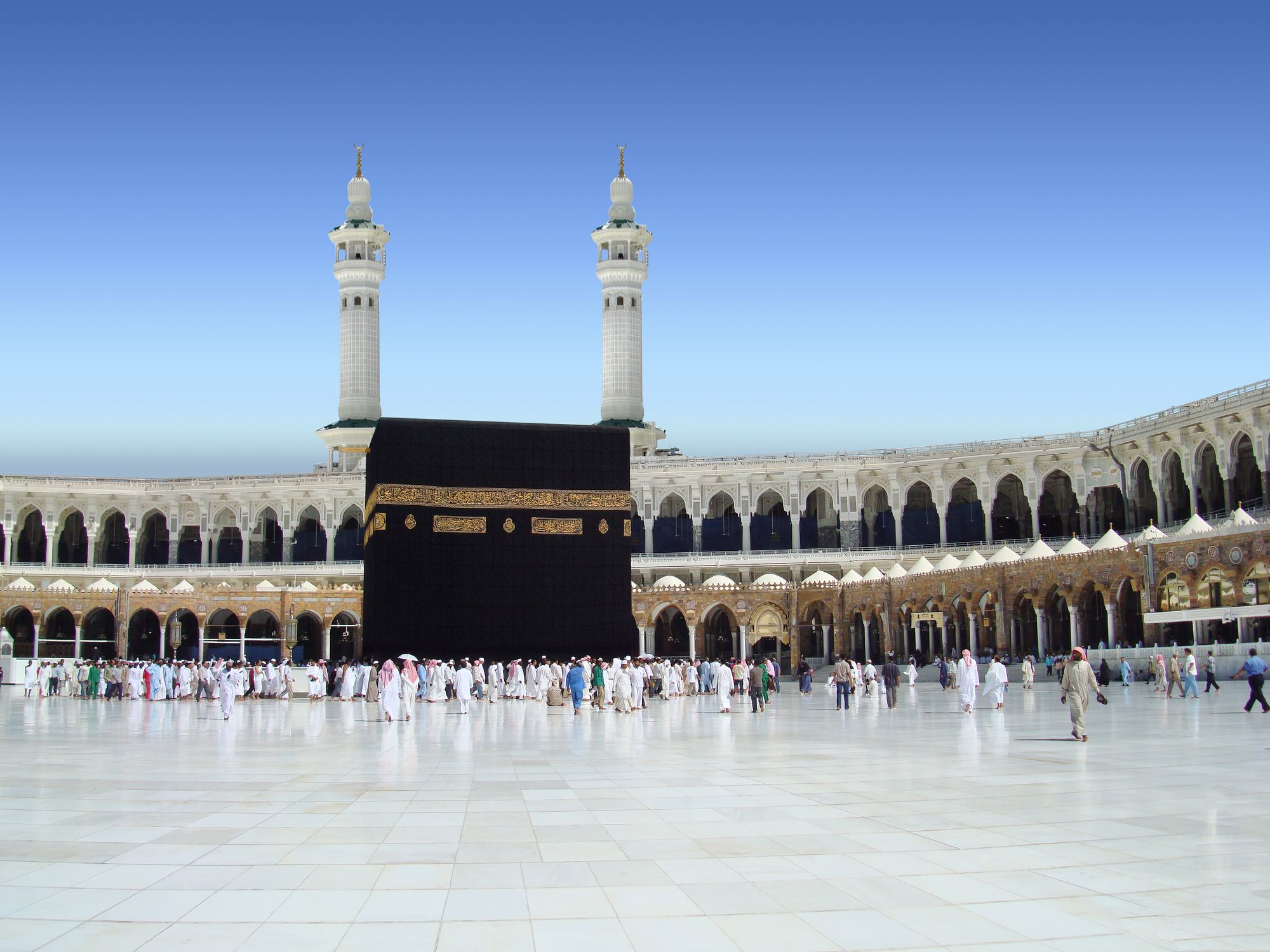
Ramadan Umrah - a unique experience
Ramadan falls during the milder months in Saudi Arabia, making it a great time for a visit. Visit the holy cities of Makkah and Madinah this Ramadan and allow yourself and your loved ones to gain a unique experience, recharge your souls and earn multiple good deeds at once. Bear in mind that this is a popular choice, so don’t leave it too late to book.
The blessings of performing Umrah during Ramadan are numerous. The main one is that Umrah is equivalent to performing Hajj during this holy month. The Prophet Muhammad (SAW) said:
“I heard Ibn `Abbas saying, “Allah’s Messenger (ﷺ) asked an Ansari woman, ‘What prevented you from performing Hajj with us?’ She replied, ‘We have a camel and the father of so-and-so and his son (i.e. her husband and her son) rode it and left one camel for us to use for irrigation.’ He said (to her), ‘Perform `Umrah when Ramadan comes, for `Umrah in Ramadan is equal to Hajj (in reward),’ or said something similar.” (Sahih Bukhari)
Umrah during Ramadan is a unique experience as you are in the holy cities of Makkah and Madinah during the month in which Allah (SWT) opens the doors of Jannah and closes the gates of Jahannam.
As Maghrib approaches and you prepare to break your fast with Iftar, hundreds of volunteers roll out plastic mats and start putting dates, yoghurt, bread, nuts and water out for the pilgrims. In Madinah, Al Masjid an-Nabawi is the most visited religious site during Ramadan. Before and after Maghrib, the streets of Madinah are crowded with Muslims making duas. Local helpers clean and decorate the mosque and equip it with essential supplies. In addition, they cook enthusiastically and compete in serving meals to fellow Muslims and prepare Iftar tables with dates, rice, meat, juices, coffee, tea, and Zam Zam water inside and outside the mosque. The poor and needy are also invited, which strengthens the sense of companionship and brotherhood among people.
After Isha, congregate for the Taraweeh and Tahajjud prayers, especially during the last ten nights, and on Laylat al-Qadr (which many believe to be the 27th night of Ramadan), the holy night in which the first verses of the Quran were revealed to Prophet Muhammad (SAW). The Taraweeh prayers start right after Isha and last for about two hours. Afterwards, the Tahajjud prayers, which conclude with the Witr, generally start just before 1:00 am and again last for around another two hours, standing in the congregation shoulder to shoulder with your Muslim brothers and sisters facing the Qiblah.
Entry requirements for Saudi Arabia
Please be aware that visa requirements are changing quickly, with new opportunities to make it easier for pilgrims to visit for Umrah being announced constantly. Keep an eye on the official Visit Saudi and Nusuk platforms for any changes as well as checking with the Foreign Office or Ministry of Foreign Affairs in your own country for applicable updates.
- There are now 63 nationalities which are eligible for an eVisa for entry into the Kingdom of Saudi Arabia, with new ones being added all the time - 6 new countries, including Türkiye, were added in October 2023. This tourist visa can be used for Umrah. You can use their official portal to check and apply for your visa.
- You can also apply for a visa via Nusuk, the official planning, booking and experience platform dedicated to Umrah. The multiple-entry e-Visa is valid for 12 months with a 3 month maximum length of stay in the Kingdom of Saudi Arabia.
- Alternatively,you can get a 12-month tourist multiple-entry visa on arrival in Saudi without needing to apply in advance. Available for countries eligible for an eVisa as well as US, UK or EU permanent residents and US, UK or Schengen visa holders if the below conditions apply to them:
The US, UK or Schengen visa must be valid and have been used at least once and have an entry stamp from the issuing country.
The US, UK or Schengen visa must be either a business or tourist visa.
- British and Irish nationals are now also eligible for the e-Visa Waiver (EVW) which is single-entry and applicable for 6 months. This is currently the cheapest option and applications can be made through the visa portal.
- If you are not in one of the above groups then the portal will let you know what you need to do to apply through the Kingdom of Saudi Arabia Consulate or Embassy.
Further important notes to consider:
- A person with a non-Muslim name must provide a certificate from a local mosque or Islamic centre to certify the applicant is Muslim.
- Saudi officials have announced that it is no longer necessary for a woman to travel with a mahram or guardian when visiting for Umrah.
- A valid passport is required with at least 2 clean pages and at least 6 months left before expiry from the date of Umrah (except for US citizens).
- A passport-style photo is required for your visa application.
- The detailed requirements of your visa and the applicable fees vary according to the visa type so please check carefully when applying to make sure it is the best option for your individual circumstances.
- Before travelling, it is useful to make sure you have travel insurance, so you are prepared in any circumstance.
- Ihram clothing, the mandatory dress for males planning to do Hajj and Umrah, can be bought at Islamic shops, or online. If you are struggling to find it contact your mosque or Islamic community centre for help. For more information, check the Visit Saudi or Nusuk websites.
How to budget for Umrah, and how to make the trip more comfortable or luxurious
It is likely that most of your money will be spent on the hotel and flights. Here are some relevant points that will affect your budget and is well worth researching before you go:
- The closer your hotel is to the main mosques, the more expensive it will be. Consider if this is within your budget. Use Halalbooking’s new Umrah features to search for a hotel with a Haram View in Makkah and Madinah, or even of the Kaaba itself in Makkah and to find out whether the Haram is in walking distance or if not, whether there is a free shuttle service from the hotel. You can use these features to filter your selections which will help you to compare options and prices.
- Select the correct room type for your needs - when you are looking at an individual hotel page you can use the filters to see which specific room types offer the feature of your choice e.g. Haram view or Kaaba view and to switch between the two.
- Check whether the hotel has a Haram-connected prayer hall. This is particularly useful when travelling with anyone who has difficulty in walking as it means that you can pray in the same jamaat as in the Masjid al-Haram whilst you are in the hotel’s prayer hall.
- In Madinah check which way your room is facing - south-facing rooms are closer to the Ladies section of the Masjid an-Nabawi, which is more convenient for elderly or pregnant women or those with difficulty in walking.
- Whether you are visiting Madinah, and if so, it may be cheaper to fly to Madinah directly.
- Transportation to and from the airports - you can use public transport which can be cheaper, but lengthier; book airport transfers to your hotel with Halalbooking or even use taxi booking apps such as Uber.
- How long you are going for - if you go for longer, it will be more relaxed, but pricier.
- If you are arriving and departing from the same airport - flying to different airports will vary in cost.
The Logistics - FAQs on arrival to Umrah
Where to fly to for Umrah
The most common airports to fly to are either Prince Mohammad Bin Abdulaziz Airport (MED) in Madinah or the closest airport to Makkah, which is in Jeddah: King Abdulaziz International Airport (JED). During peak times, it is easier to fly to Madinah as Jeddah tends to be quite busy, leaving Madinah less congested, thus often taking less time through customs. There are Umrah-friendly coaches that will take you to Makkah and stop at the Meeqat so you can change into your Ihram-clothing. We recommend spending time in Madinah First and then travelling to Makkah and returning home from Jeddah Airport. You can pre-book your transfer when you book your hotel on halalbooking.com or taxis and coaches are available to and from both airports. If you are taking a taxi, make sure to agree on the price beforehand or you can also conveniently use the Uber app. An Uber ride between Makkah and Jeddah airport will cost approx 300-400 SAR. However, we recommend using the new high-speed Haramain train. It is the most efficient, fastest, safest and most comfortable way to travel, especially between Madinah-Makkah and when travelling with children or the elderly. Whichever airport you fly to, there are usually SIM cards available upon landing, which can be useful to contact family or other members of your group during your stay.
There are a number of different ways of reaching Makkah and Madinah:
1.Flying into Jeddah and taking the train to Makkah
If you’re flying into Jeddah’s King Abdulaziz International Airport (JED), you can take the high-speed Haramain train from the airport via Jeddah Central train station to Makkah (54 minutes, economy/business class from 34.50/109.25 SAR). Alternatively you can travel e.g. by Uber (70 min. for approx. 300-400 SAR). If you are landing in Jeddah and going to Makkah to perform Umrah directly, you must be in a state of Ihram before you land, as Jeddah is inside the Meeqat. After having performed your Umrah you can take the Haramain train from Makkah to Madina which will take 2 hours 20 minutes and tickets start from 224.25/362.25 SAR (economy/business class).
2. Flying directly to Madinah
If you are landing in Madinah’s Prince Mohammad Bin Abdulaziz Airport (MED), then there is no need to be in the state of Ihram when landing there. After having completed your visit in Madinah, you can take the Haramain train to Jeddah (2 hours 20 min economy/business class from 172.50/362.25 SAR), but need to enter Ihram before boarding the train. Alternatively you can take a coach. Coaches stop at the Meeqat to allow the pilgrims to enter Ihram before continuing the journey. Services depart every four hours, and operate every day. The journey takes approximately 6 hours and costs approx. 60-90 SAR.
3. Flying to Madinah with a stopover in Jeddah and taking the train from Madinah to Makkah
If you are flying to Madinah with a stopover in Jeddah, then you do not have to be in the state of Ihram when landing in Jeddah. After your visit in Madinah, you can take the Haramain train to Makkah and enter Ihram before boarding the train (2 hours 20 min economy/business class from 172.50/362.25 SAR).
4. Flying to Jeddah and taking the train to Madinah
If you are flying to Jeddah and then want to travel to Madinah, you can take the Haramain train which will take 1 hour 54 minutes and will cost approx. 138.00/304.75 SAR (economy/business class). You will not have to be in the state of Ihram when landing in Jeddah in order to go to Madinah.
Travel between Makkah and Madinah
The Haramain High Speed Railway enables you to easily travel between Makkah and Madinah within 2.5 hrs. With a length of 450 km and speeds going as fast as 300 km per hour, it’s one of the fastest trains in the world. Tickets for a trip between both cities cost around 224 SAR for an economy class ticket and 362 SAR for a seat in business class.
Attractions in Makkah and Madinah
There are numerous religious and leisure attractions in both Makkah and Madinah. Here are some ideas to help you make the most of your time in the holy cities:
MAKKAH
- Masjid al-Haram - The largest mosque in the world, is home to Islam’s holiest and most beloved site, the Kaaba, which we all face when praying. Of course, it is a given that this will be top of your list.
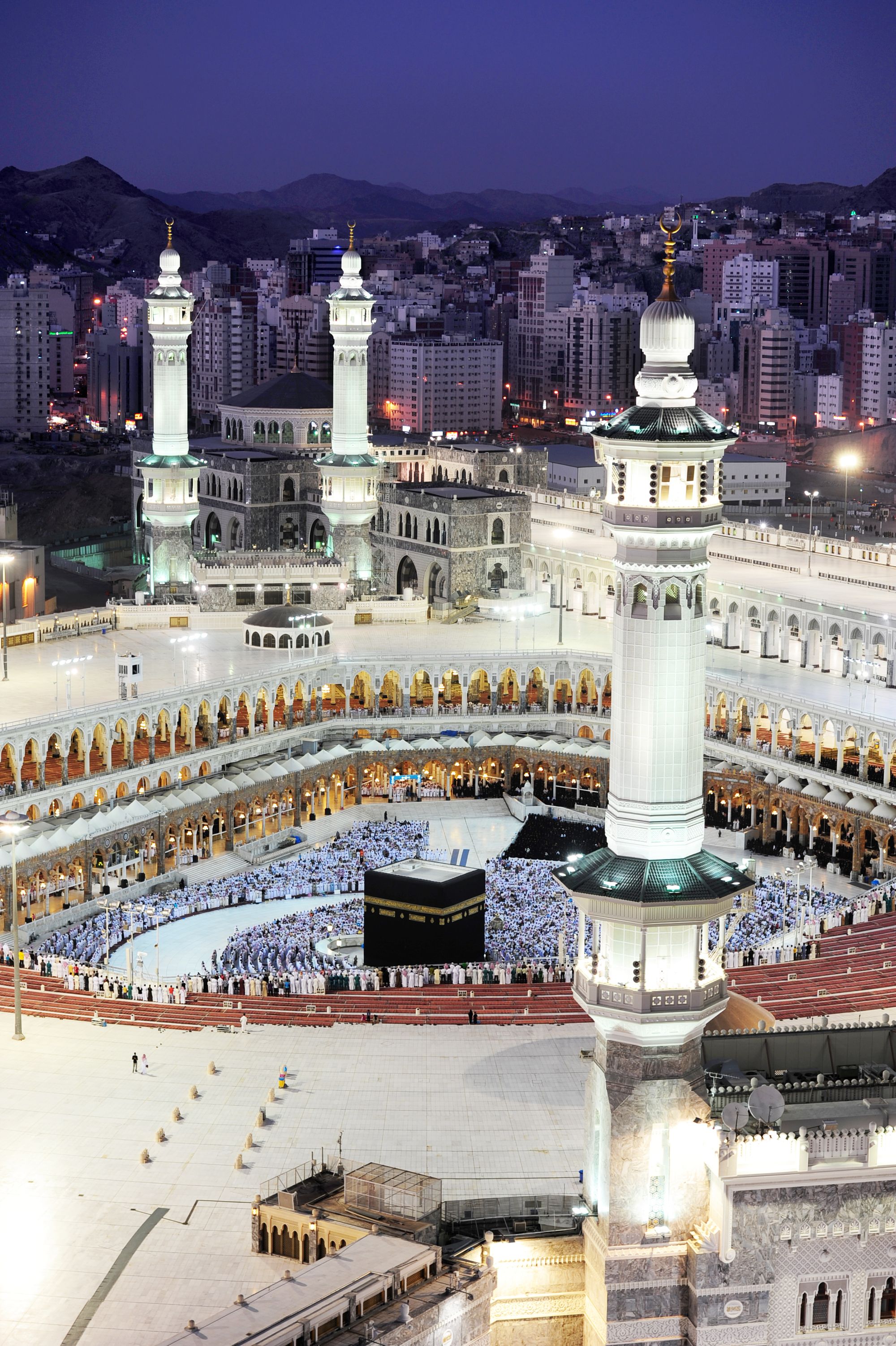
- Cave of Hira - Take a hike up to the cave of Hira, where the Prophet Muhammad (SAW) first received revelations from Allah (SWT). Not only is it a spiritual journey to the top, but the views of the city are amazing and it is a stunning place to watch the sunrise.
- Al Kiswa Factory - See the amazing process of the manufacturing of the Kiswa - the brocade cloth that drapes the Holy Kaaba in the finest silk, gold and silver threads.
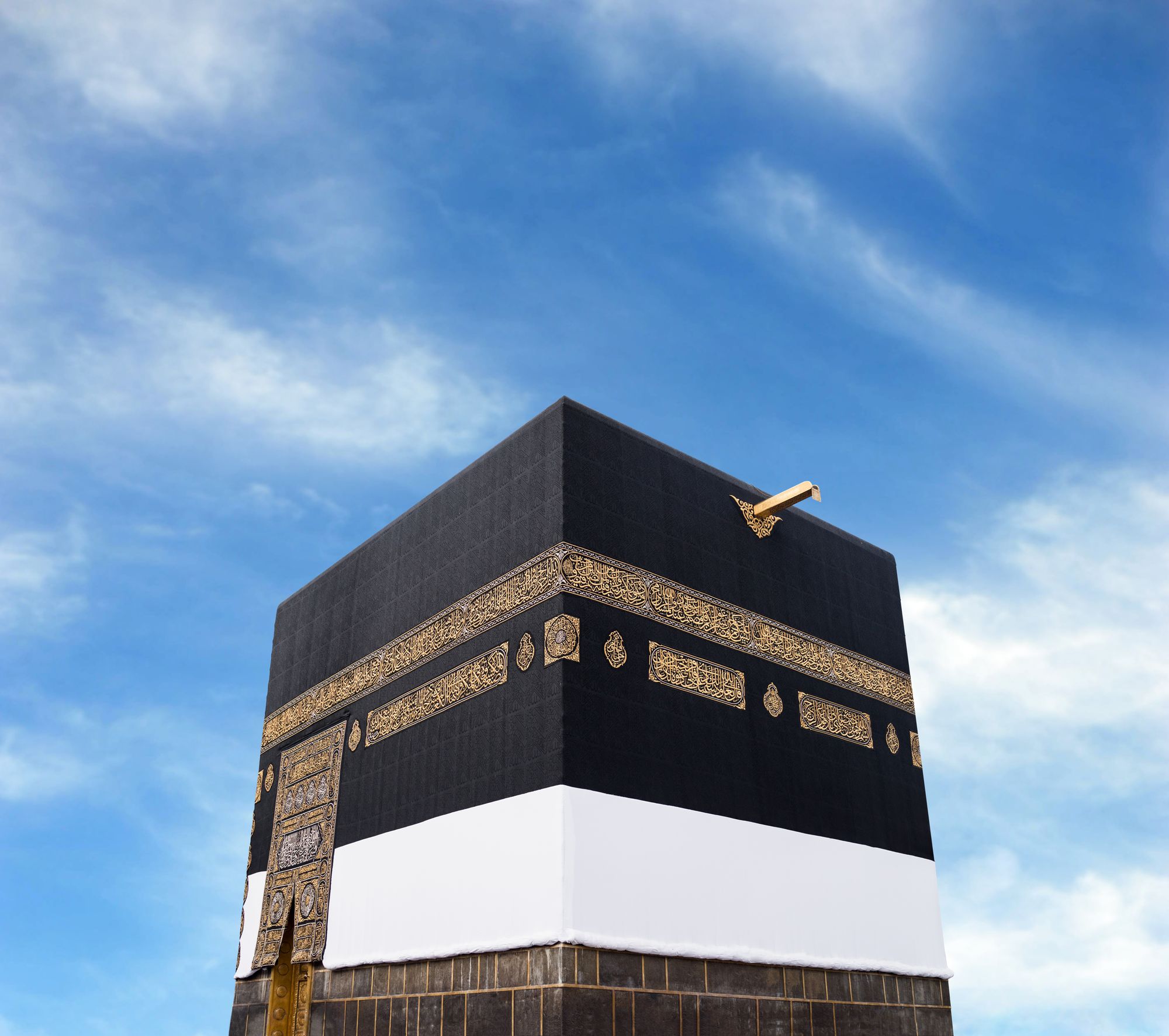
- Fakieh Aquarium - Families with kids will enjoy seeing over 200 species of fish and other sea life in this exciting aquarium.
- Makkah Mall - The Makkah Mall is host to many local and international brands, including luxury retail stores. It is one of the most famous places in Makkah to take home stunning abayas and thobes.
- Mount Arafat - Another very spiritual site that has to be visited when in Makkah is Mount Arafat. The place where the Prophet Muhammad (SAW) gave his last sermon, is known as the hill of mercy. Make sure to reap the rewards and ask for forgiveness on this blessed site.
MADINAH
- Masjid an-Nabawi - The second holiest site in Islam was built by the Prophet Muhammad (SAW). If this is not reason enough to visit, the stunning courtyard and green dome, is sure to impart the serene and spiritual atmosphere your soul desires.
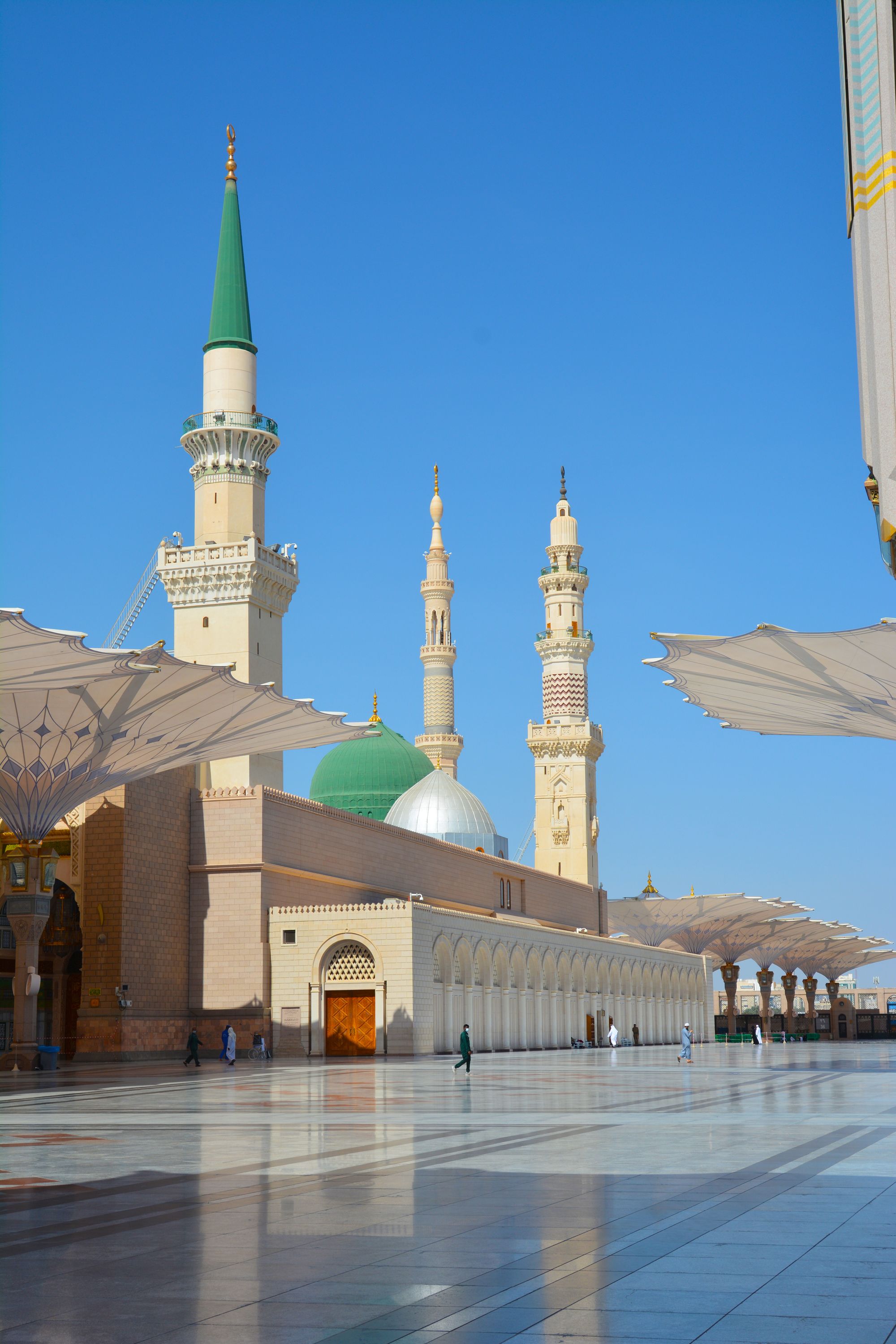
- Madinah Media Museum - The small museum is full of models and multimedia to showcase the history of both Islam and Madinah. For history fans, it will be interesting to see how much Madinah developed during the peak of Islam, as well as the establishment of the Masjid an-Nabawi.
- Quba Mosque - Tirmidhi: The Prophet Muhammad (SAW) is reported to have said: ‘Whoever goes out to offer prayers in this mosque (Quba), will have a reward equal to that of Umrah’. This blessed mosque is where the Prophet (SAW) would offer prayers on a Saturday and was the first mosque in the history of Islam. It was built by the Prophet Muhammad (SAW) after his migration from Makkah to Madinah. The construction of the mosque began in the year 622 CE (1 AH - Islamic calendar) and was completed shortly thereafter.

- Mount Uhud - Mount Uhud surrounds the plain on which Madinah was founded. It is 8 km long and 110 m in height, and is located 5 km from Masjid an-Nabawi. Many pilgrims and visitors to Medina choose to visit Mount Uhud as a part of their religious and historical tour, paying their respects to those who sacrificed their lives in the Battle of Uhud which took place in the year 625 CE (3 AH - Islamic calendar). The location of the battle and the mountain itself have since become important historical sites for Muslims.
- Jannatul Baqi - Translated as the Garden of Heaven, Jannat al-Baqīʿ is the oldest and the first Islamic cemetery of Madinah in the Hejazi region of present-day Saudi Arabia. It holds immense importance for Muslims, as many prominent figures from the early Islamic period, including some of the Prophet Muhammad's (SAW) family members including several of his wives, daughters, and other close relatives, and some of his companions (Sahaba), who played pivotal roles in the early Islamic community, are buried here.
- Madinah Railway Station - The historic Ottoman train station in Madinah is known as the “Hejaz Railway Station” or “Madina Railway Station” and was part of the Hejaz Railway, a historic railway system built between 1900 and 1908 under Ottoman rule with the aim of connecting Istanbul, the capital of the Ottoman Empire, to the holy cities of Madinah and Makkah, facilitating the Hajj. After the withdrawal of the Ottoman Empire from the region at the end of the First World War, the Hejaz Railway became inactive. The station building in Madinah, the last stop of the Hejaz Railway, still stands today.
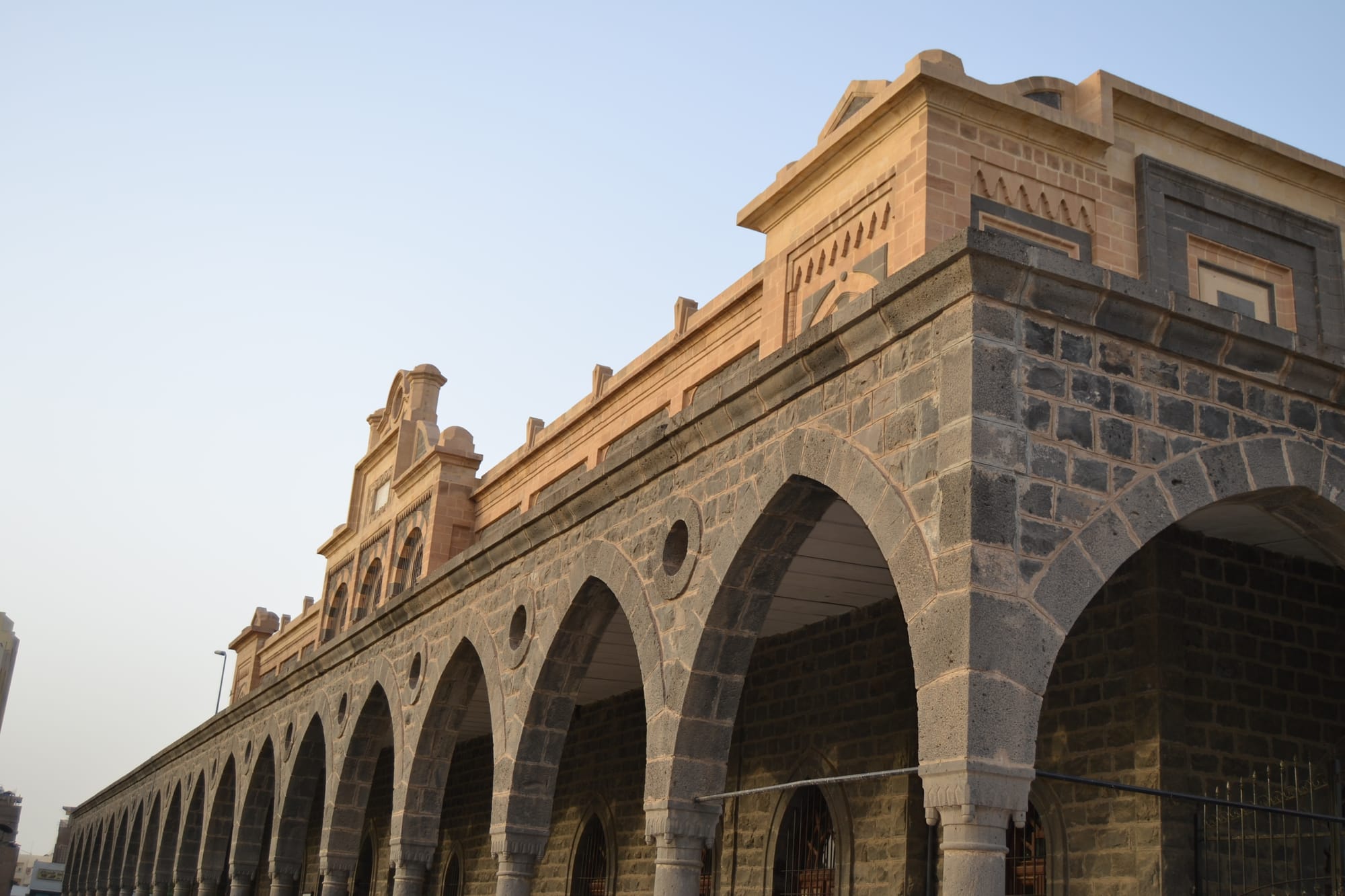
Hotels for Umrah
Halalbooking.com offers an exceptional choice of hotels in Makkah and Madinah. Planning will be made easier by the Umrah features, which you can use to filter your choice of hotels. Choose Haram view rooms or Kaaba view rooms in Makkah, and in Madinah choose Haram view rooms and find out which direction your room faces so you can check whether you will be facing Masjid an-Nabawi whilst praying in your room. You can also find out whether the Haram is in walking distance or not and if so, how long the walk is and use this to filter your selection. In Madinah you can also see the distance to the Ladies section. For hotels where the Haram is not in walking distance, you can see how long the drive is and whether there is a free shuttle service. In Makkah you can check whether the hotel has a Haram-connected prayer hall, which allows you to pray in the same jamaat as in the Masjid al-Haram whilst you are in the hotel’s prayer hall.
When you look at an individual hotel’s page, you can use the filters to find out which specific room types have the features you need such as Kaaba view or Haram view rooms, to enable you to make a precise selection.
Obviously, in the holy cities there are no hotels which serve alcohol and all offer halal food only, but you will still find the halal filters useful to show the availability of leisure amenities such as spas or pools, which are available for ladies-only or are available for private hire.
When booking hotels, you will, of course, need to factor in these and a number of other things that may affect where you stay: budget, amenities, proximity to the main Islamic sites, and how long you stay for. Staying in Makkah is more expensive, so it may be useful if you are on a budget to spend only a few nights in Makkah and the rest in Madinah. The closer you stay to the main sites, the more expensive the hotels are. Remember to keep in mind that if you are travelling with elderly and/or children, it may be of benefit to stay in the closer hotels.
You will find a hotel with whatever you need at halalbooking.com. Find peaceful accommodation within the blessed valleys of Madinah-al-Munawwarah (Madinah the Enlightened), or overlooking the beloved mountains of Makkah-al-Mukarramah (Makkah the Honoured).
Halal food in Saudi Arabia
Your taste buds will be tempted with many different cuisines - an array of dishes to allure you for breakfast, lunch and dinner. Specialities from around the globe are available to try outside the holy mosques, reflecting the diverse community of Muslims settled in the Kingdom of Saudi Arabia (KSA). You will find a variety of different options for all budgets catering for all dietary requirements. There are a range of Western food chains, local delicacies, coffee shops and companies that can even deliver to your hotel. Pay a special visit to the date farms of Saudi Arabia and even stock up to take some home with you.
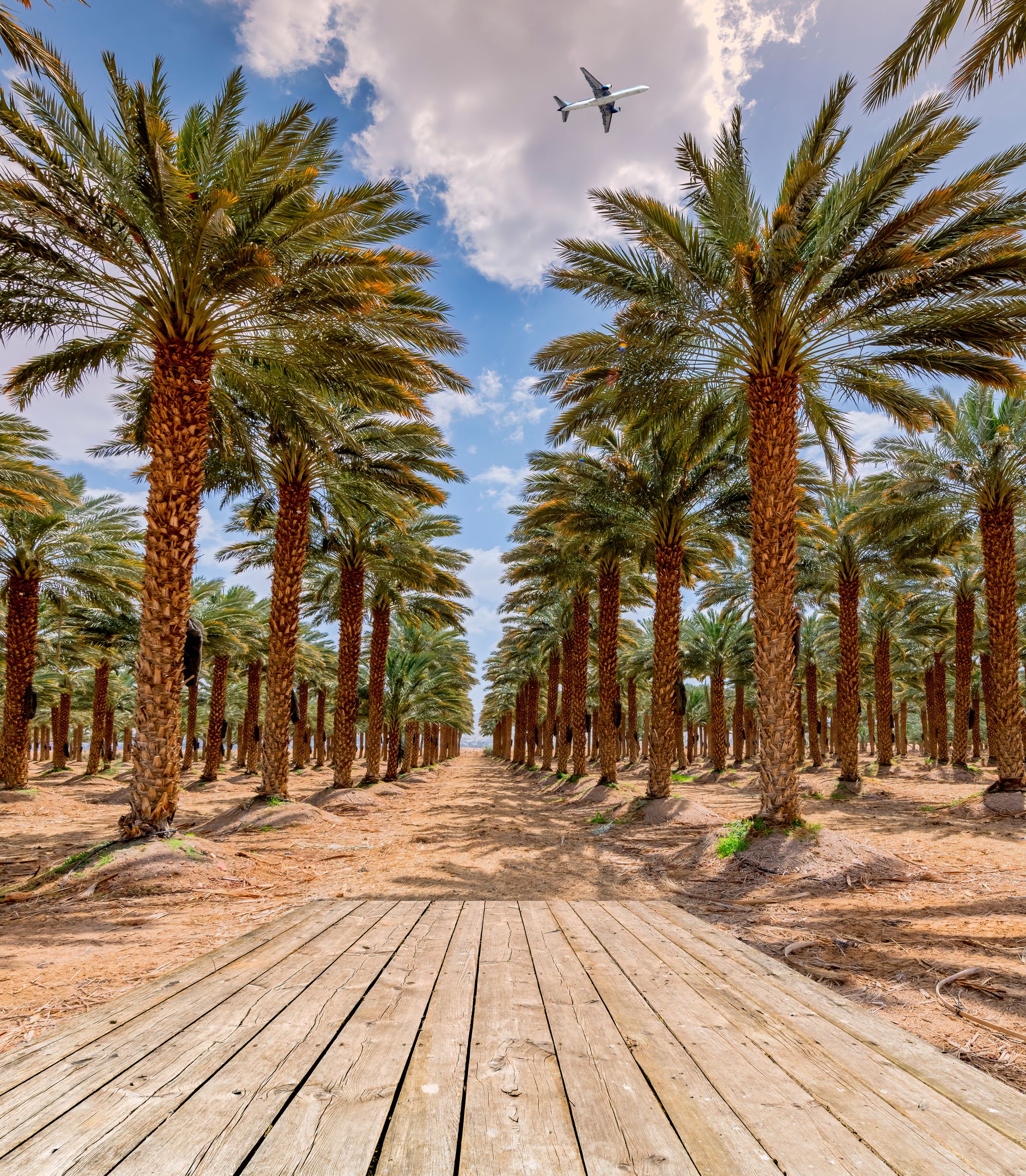
Shopping in Saudi Arabia
Shopping in all of Saudi Arabia is a definite plus: make the most of spending your riyals and contributing to the economy. Remember to show a token of your love to your family back home by bringing back clothes, oud, dates and souvenirs. There are also large supermarkets such as Bin Dawood, Panda, Noori and Carrefour for any essential items, or even to buy local products such as dates.
Makkah has several areas dedicated to shopping: the Abraj Al Bait complex is home to a five-storey mall. Commonly called the Clock Tower, the high-rise complex is next to the Masjid al-Haram and a convenient place for visitors to find almost anything they need. Also, many large and small shops around the mosque sell gifts, souvenirs, prayer mats and refreshments. The neighbourhood of Aziziyah has luxury boutiques, shopping complexes and outlets offering international brands along Al Masjid al-Haram Road. Other shopping districts are Al Ghaza and Ajiad, with an assortment of gift shops and perfume stores. The large Makkah Mall is located southeast of al-Haram, near the Mina train station. Al Diyafa Mall is another modern complex to the northwest.
Umrah Plus - Combining Umrah with other destinations
The best thing about Umrah is that it takes place in such a beautiful country, which has so many other amazing cities and sights to offer. Many people opt to visit the other fantastic cities prior to or on completion of Umrah. Make it an Umrah as well as a historical holiday in Al Ula, the largest living museum in the world and one of the oldest cities in the Arabian Peninsula. Visit the UNESCO Heritage Sites and the archaeological wonders that stand in the city such as the Hejaz railway, which was built by the Ottomans on the orders of Sultan Abdulhamid II between 1900-1908.
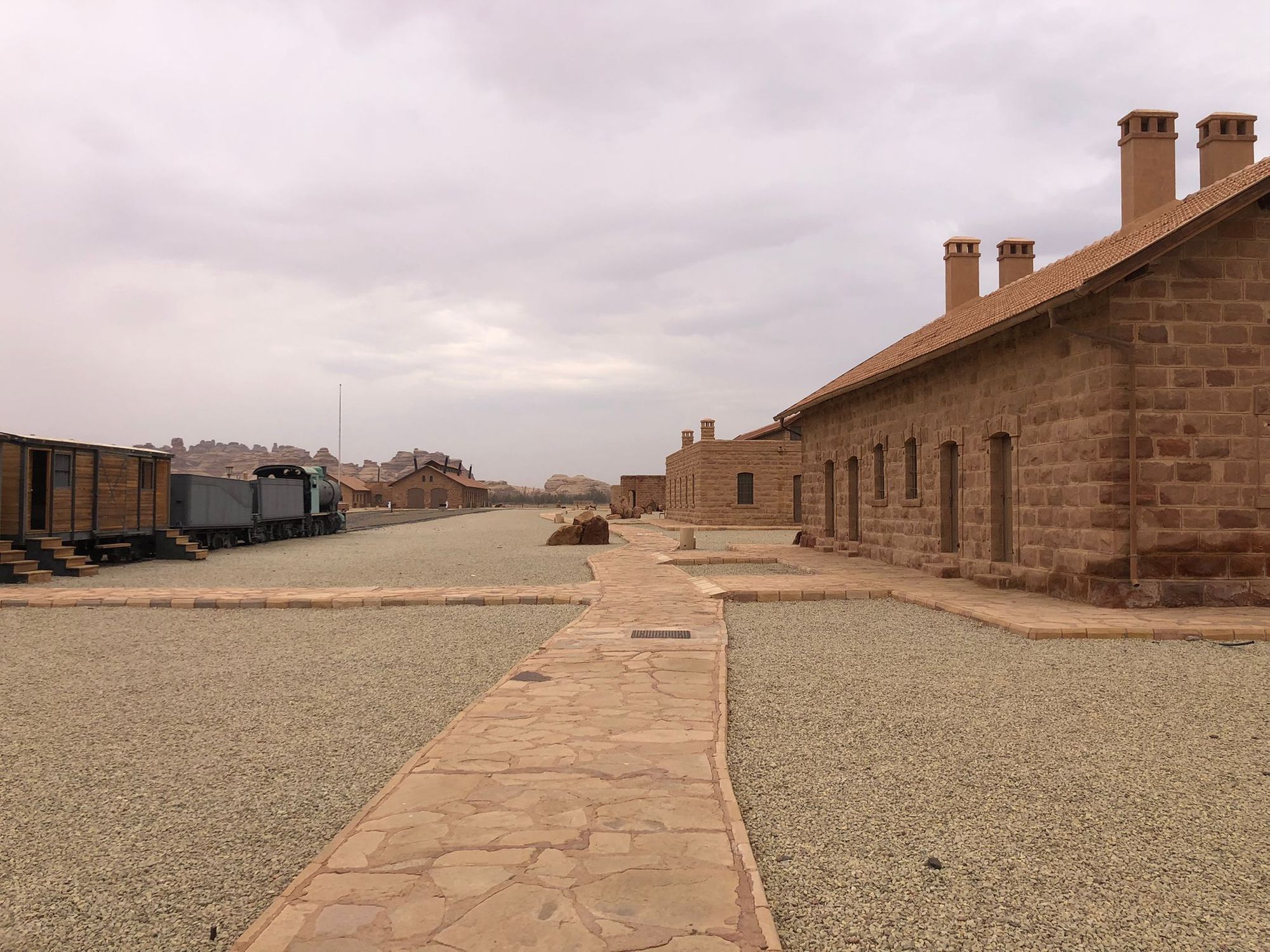
You can also visit the newly refurbished Al Zawiya and Hamad Bin Yunis mosques, and view the incredible scenery of the Hijaz Mountain range. Other must visit sites are Jabal al Fil (Elephant Rock), the rock-hewn tombs of Hegra, the mountain Jabal al Ahmar, and the Al Ula old town.
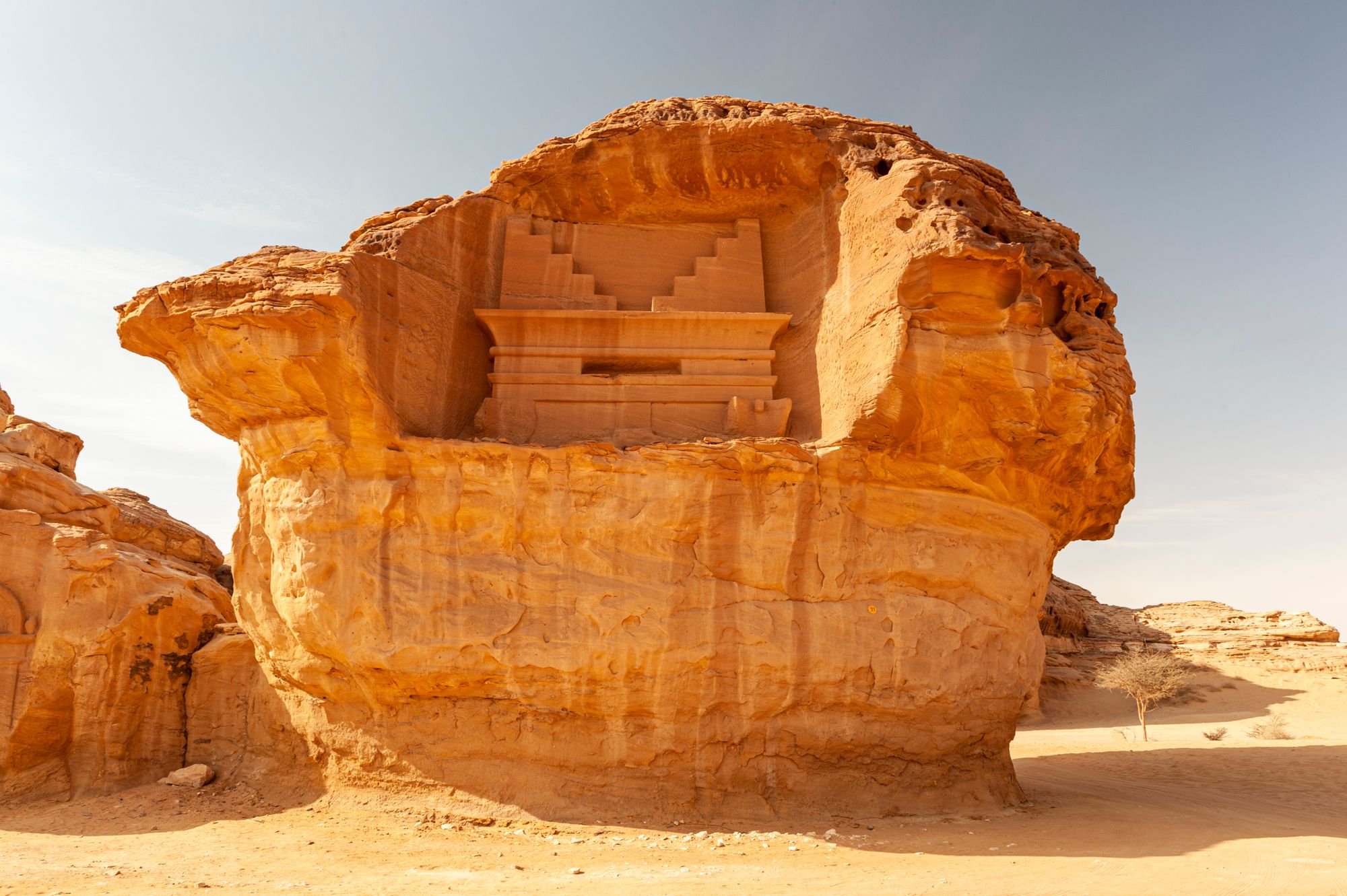
Combine your Umrah with a visit to Jeddah for a cultural city break, the second-oldest city in the country with historical alleyways, ancient souks and fresh bakeries.

Read our dedicated blog article: “Jeddah Ghair”: Jeddah is different for more information.
Visit the ultramodern capital Riyadh for a leisure break, and see the contemporary modern amenities, in stark contrast to the holy cities and visit sites and historical places like the Al Masmak Fortress, the historic town of Diriyah and the National Museum of Saudi Arabia, and attend the annual Riyadh Season Festival (starts in October and goes on for several months).
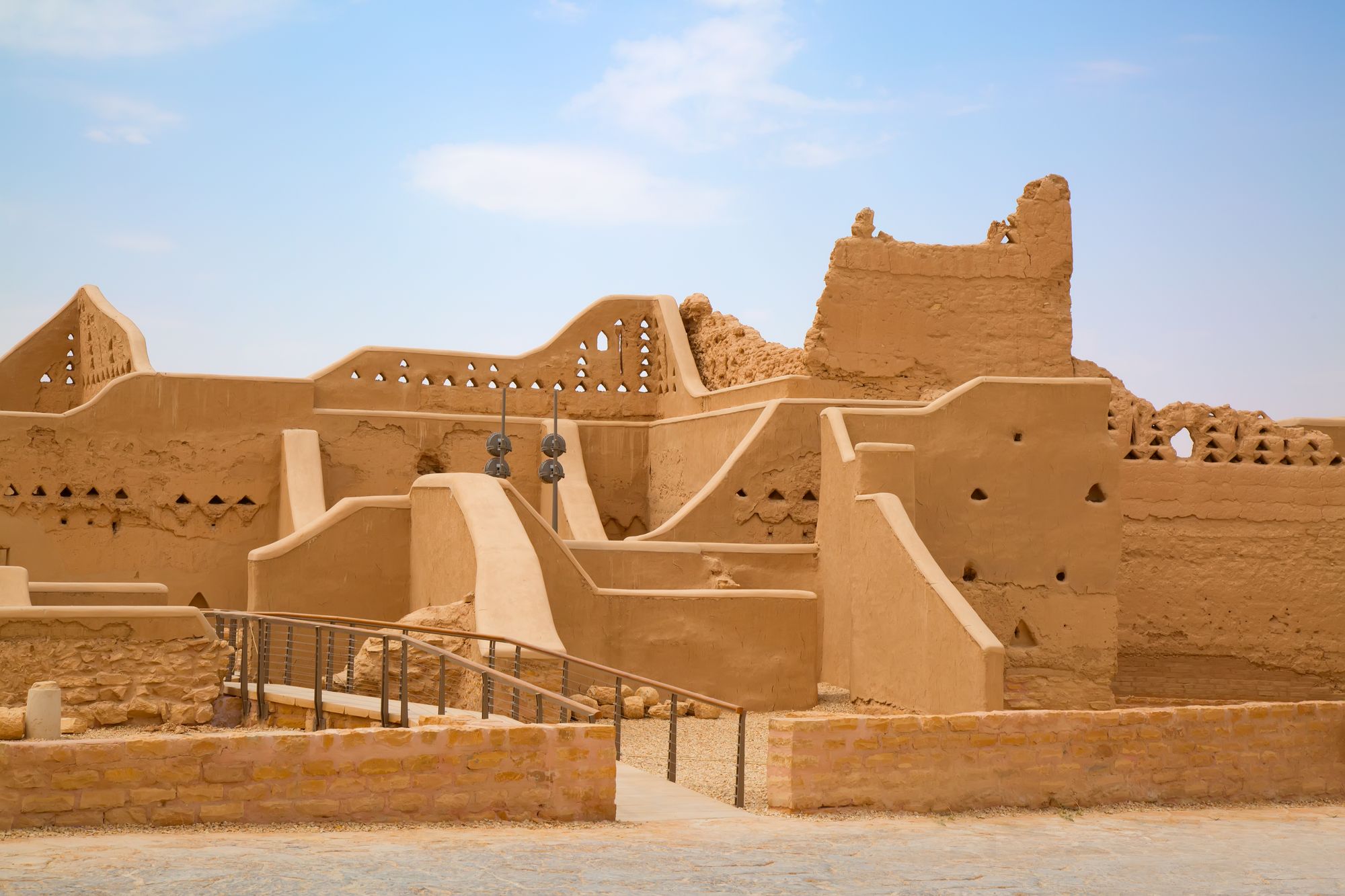
You can also go snorkelling in the nearby Red Sea in less than 24 hours from these cities as well, if you’re after more of a beach break.
Prepare for your Umrah experience spiritually as well as practically
Once you’ve taken care of the practical details of your DIY Umrah, you will be able to prepare for your trip in the best way possible, by focusing on spiritual activities that will have you counting down the days to your Umrah in a positive way. Start by reciting Duas and Durood Shareef to have a calming and uplifting effect on your spiritual journey ahead and remember to begin with the purest of intentions. We hope this guide has inspired you to feel confident in booking your DIY Umrah and that you come back with the many blessings that follow from a holy pilgrimage. Make your duas in the Holy cities everlasting ones.
